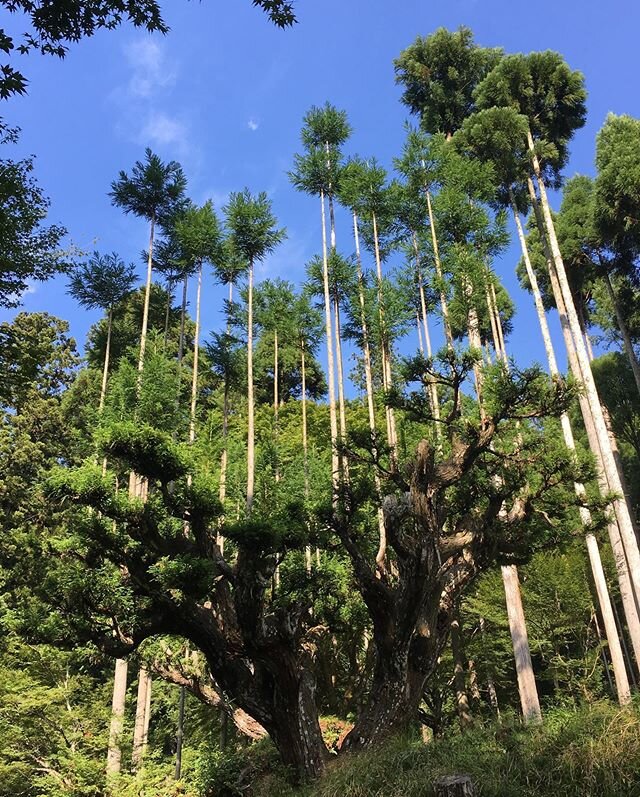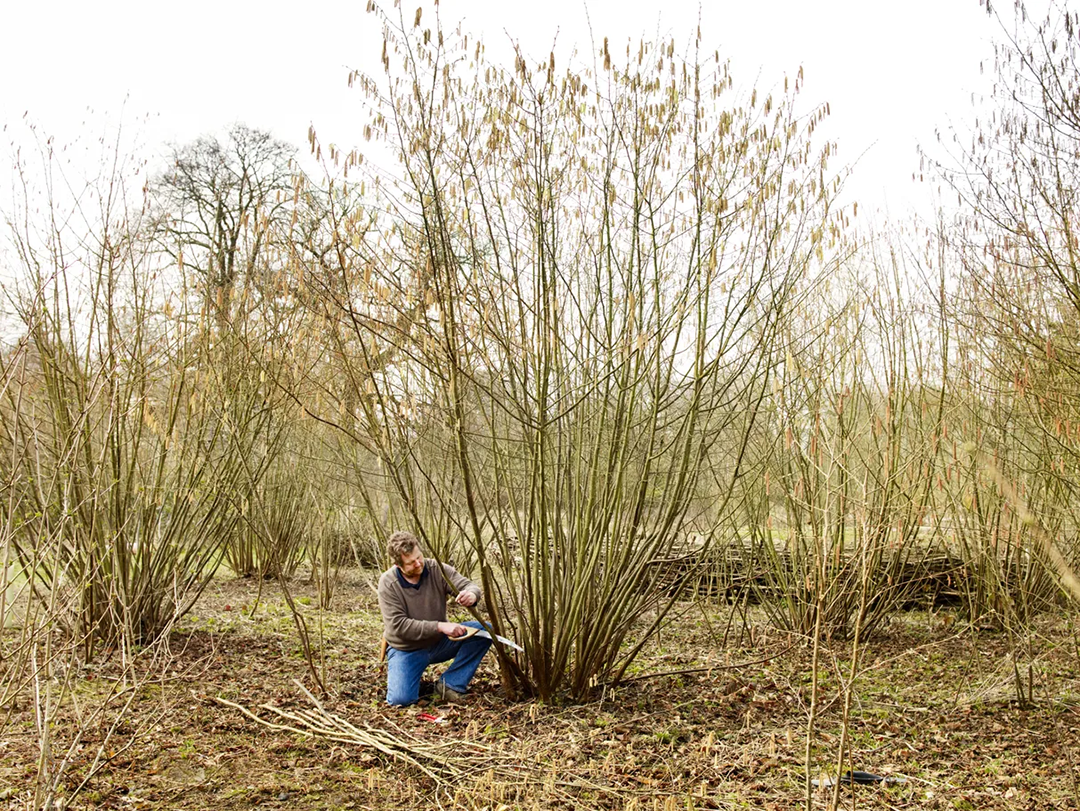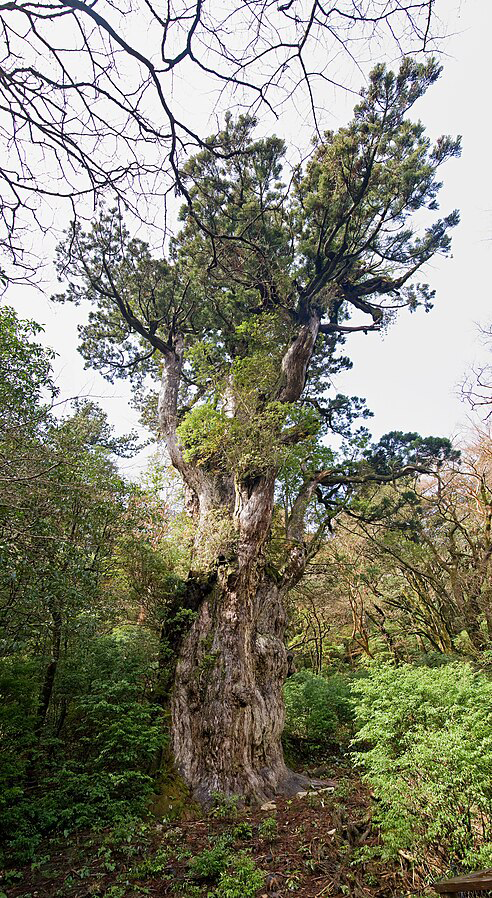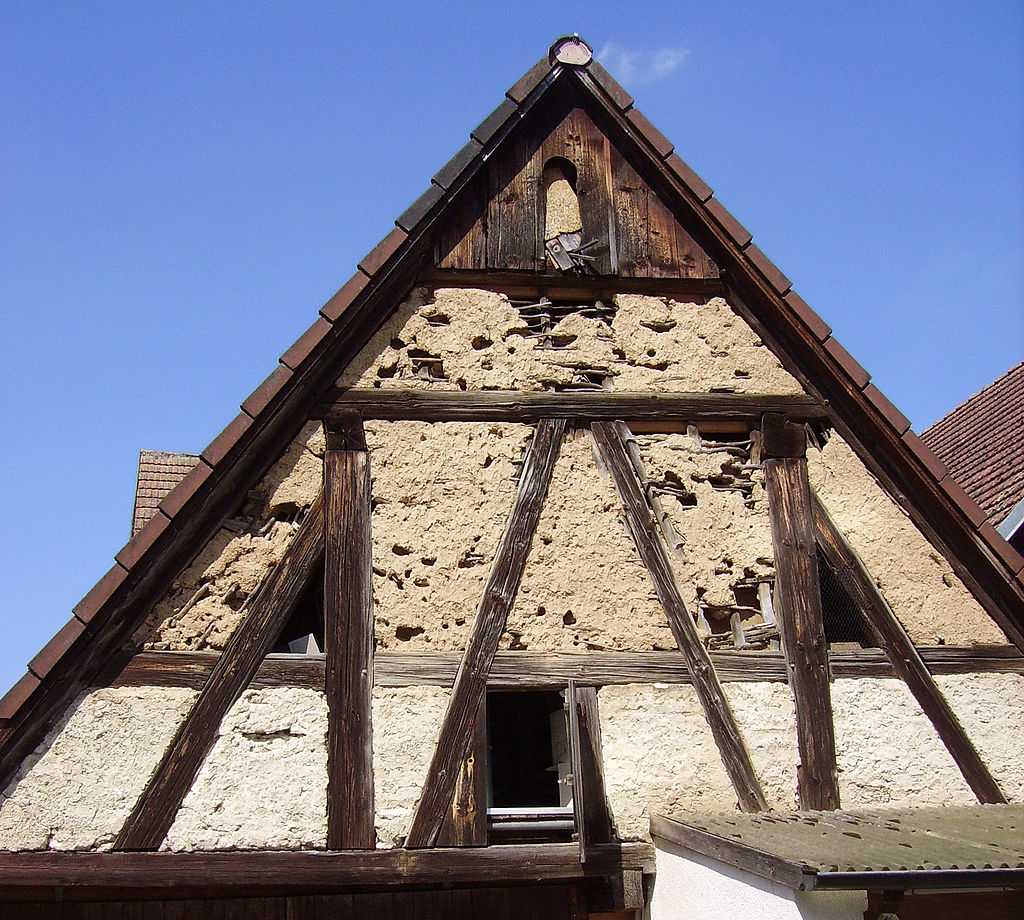There are two ancient systems of sustainable forest management: Daisuki and coppicing. The former originates from Japan and the latter from Europe. Both practices allow timber to be extracted without felling whole trees, contributing to more responsible and environmentally friendly timber consumption.
Daisuki: Japanese wisdom that transforms forests and benefits the planet
The Daisuki technique was born in Kyoto and has been practised since the 14th century. It consists of obtaining high quality wood without the need to cut down trees completely. It was born with the aim of being used in the construction of temples and to enrich the traditional architecture of Japan and it became a testimony to the Japanese aesthetic, which values both beauty and simplicity. This practice spread and became a phenomenon admired worldwide. So much so that it has attracted visitors from all over the world who come to see it.
It is mainly applied with Japanese cedars (Cryptomeria japonica), which are carefully pruned with the clear objective of vertical growth in straight lines, without knots, producing long, uniform trunks. Cutting young branches in a vertical direction allows the tree to continue growing while producing high quality secondary trunks. These ‘daughter trunks’ are as strong as natural trunks and have the advantage of being straighter and without imperfections. This method allows a single tree to provide multiple harvests of timber throughout its life, keeping it healthy and growing continuously.

Branch trimming is carried out in early spring to control the growth of the trees and prepare them for summer pruning. In this process, branches are trimmed by leaving a small section at the tips rather than cutting them off completely.
Daisuki is an effective technique for producing timber and contributes to environmental sustainability as it avoids felling whole trees. By leaving the main trunk intact, it preserves the balance of the surrounding ecosystem and allows for timber production that does not compromise the forest in the long term.
How to identify if a product uses this technique? A good starting point is to check the origin of the wood. If it comes from the Kyoto region, it is very likely that this technique has been used. In addition, in many cases, the products are labelled ‘grown with Daisuki’. From an aesthetic point of view, if the wood is remarkably straight, without imperfections, and has a highly polished, smooth and even finish, it is likely to have been worked using this technique.
Coppicing: The forestry technique that naturally renews forests
Coppicing is a traditional method (according to archaeologists, it has existed since the Neolithic period) of forest management that is mainly widespread in Europe. It consists of cutting the trunk of young trees at a low level, or sometimes even at ground level. This stimulates the growth of multiple new shoots from the roots or the remaining trunk. It is a natural regeneration process that allows continuous harvesting of timber without the need for replanting, making it a highly sustainable system.

The shoots that emerge after pruning can be left to grow for several years, allowing timber of different thicknesses to be obtained for different uses, from small branches for basketry to more robust logs for firewood and poles.
This technique also benefits biodiversity, as the regeneration cycle of the trees creates diverse habitats at different stages of growth. This varied environment is ideal for a wide range of flora and fauna species, which find shelter and food at different stages of the forest. Ecological balance is maintained while providing a renewable source of timber.
To find out if we are using a product using these techniques, we can look for certifications such as FSC (Forest Stewardship Council) or PEFC (Programme for the Endorsement of Forest Certification), which usually include coppicing practices in sustainable forests. On the other hand, the brands themselves usually dignify it in the product description.
Measures to preserve craftsmen’s skills
Currently, it is difficult to pass on these skills. Not all Kitayama cedar is processed by branch trimming and main preparation, an arduous and risky summer job. This has reduced the number of craftsmen and threatens to wipe out these practices.
At the same time, understanding of the benefits of this technology is diminishing, endangering a valuable tradition that our ancestors developed by harnessing nature. As supply diminishes, so does the number of people who understand the benefits of this ancient practice, endangering a valuable technology that our ancestors developed by harnessing the wisdom of nature.

The good news is that a number of initiatives have been put in place to preserve the traditional skills of craftsmen in both Daisuki and Coppicing. Training and apprenticeship programmes for young people interested in these traditional practices have been extended to ensure that the skills are not lost.
On the other hand, one of the oldest Japanese cedar trees, the Jōmon Sugi (estimated to be between 2,170 and 7,200 years old), on the island of Yakushima, was declared a UNESCO World Heritage Site. This gives visibility and recognition to the sector.
Tourism also contributes to sustaining the practice on an ongoing basis. Visitors can learn first-hand about the traditional techniques of the artisans, which generates income for the communities and fosters interest in learning these techniques for new generations.
These initiatives aim to ensure that traditional techniques not only survive, but evolve and adapt to modern times, maintaining their value and contributing to sustainability in a global market that increasingly values craftsmanship and conscious production.
Commonalities and differences between Daisuki and Coppicing techniques
Both techniques contribute to sustainable forest management by allowing timber to be harvested without felling whole trees, thus promoting more environmentally friendly wood consumption. They also extend the lifespan of the trees.

Daisuki focuses on selective pruning of branches to produce long, straight, knot-free trunks, ideal for construction and high-quality joinery. The resulting timber is highly aesthetic and therefore mainly used for architectural and design projects.
In the case of Coppicing, the shoots, which vary in thickness and size depending on regeneration time, are used in a wide variety of applications, from firewood and poles to basketry and fencing. In addition, this technique creates regrowth cycles that benefit local biodiversity by providing habitats at different stages of growth.
Trees suitable for implementing Daisuki and Coppicing
Daisuki is mainly used on Japanese cedar, a species that responds well to this special pruning because of its strong and flexible structure. Notable are:
- Jōmon Sugi
- Tane Mahuta
Coppicing can be applied to a wider variety of species. Some of them are:
- Hazel
- Willow
- Ash
- Oak
- Chestnut
Learning these techniques invites us to value and adopt a more respectful and sustainable approach to forest resources. Recognising the importance of sustainable production and encouraging its conservation is key to supporting craftsmanship and responsible forest management.

By choosing sustainable timber products, we not only contribute to sustaining the environment, but also encourage the preservation of craft techniques that have stood the test of time and continue to be relevant in a world in dire need of more earth-friendly practices. Daisuki and Coppicing techniques are essential and should continue to be promoted.





